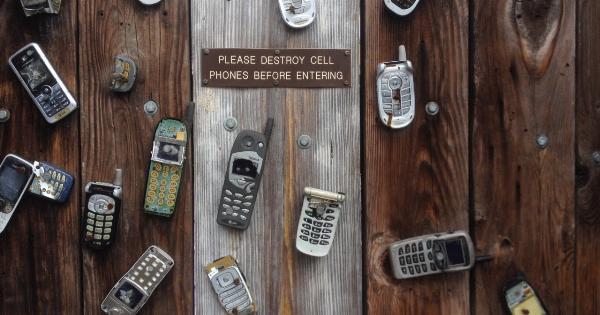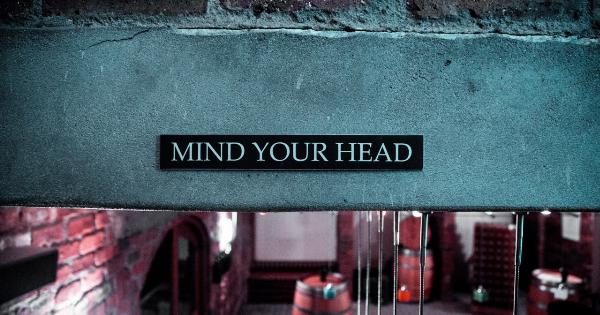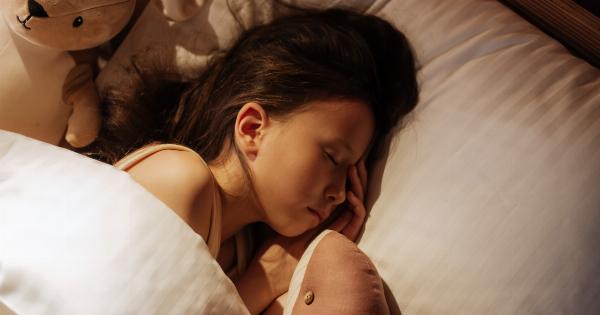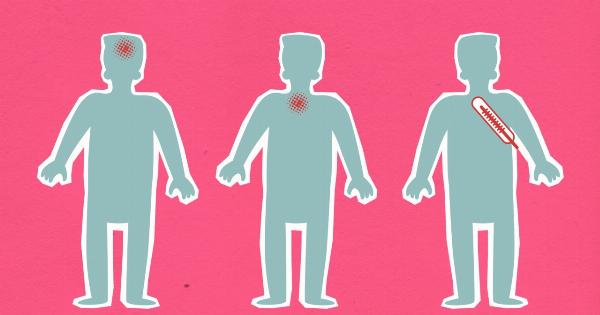Obstructive Sleep Apnea (OSA) is a sleep disorder that affects both adults and children. It occurs when there is a partial or complete blockage of the airway during sleep, leading to disrupted breathing patterns and inadequate oxygen intake.
While adults often show noticeable signs and symptoms of OSA, it can be more challenging to diagnose in children. However, recognizing the potential warning signs can help parents identify if their child is suffering from obstructive sleep apnea.
In this article, we will discuss how to spot if your child has obstructive sleep apnea and seek appropriate medical intervention.
1. Loud or frequent snoring
One of the primary symptoms of obstructive sleep apnea in children is loud and persistent snoring. If your child snores loudly on most nights, it may be a cause for concern.
Moreover, if the snoring is accompanied by pauses in breathing or gasping for air, it could be indicative of obstructive sleep apnea.
2. Restless sleep
Children with obstructive sleep apnea often exhibit restless sleep patterns. They may toss and turn in bed, experience frequent awakenings, or even exhibit sleepwalking behaviors.
If your child frequently complains of not getting a good night’s sleep or wakes up feeling tired, it could be a sign of OSA.
3. Breathing through the mouth
Obstructive sleep apnea can cause nasal congestion, making it difficult for children to breathe through their noses. As a result, they may rely on breathing through their mouths.
Take note if you notice your child consistently breathing through the mouth, especially during sleep. This can be an indication of possible airway obstructions.
4. Daytime sleepiness and fatigue
A child with obstructive sleep apnea may experience excessive daytime sleepiness and fatigue. They may struggle to stay awake during the day, have difficulty concentrating, or even exhibit irritability and mood changes.
If your child’s lack of energy and constant tiredness persist despite adequate sleep time, it may be worth investigating for OSA.
5. Poor school performance or learning difficulties
Untreated obstructive sleep apnea can significantly impact a child’s cognitive abilities and school performance. They may have difficulties concentrating, exhibit memory problems, or struggle with learning new concepts.
If your child’s academic performance takes a sudden dip or they struggle with their studies without any apparent reasons, it could be linked to sleep apnea.
6. Bedwetting
While bedwetting is common in younger children, persistent enuresis or bedwetting in older children can be associated with obstructive sleep apnea.
The disorder can disrupt sleep patterns and cause an imbalance in the body’s hormone production, which can contribute to bedwetting. If your child continues to wet the bed past the normal age, it is essential to consider the potential connection with OSA.
7. Slow growth and development
Obstructive sleep apnea can affect a child’s growth and development. Poor quality sleep and lack of sufficient oxygen intake can interfere with hormone production, which is crucial for growth.
If you notice that your child’s growth rate has slowed down or they are not reaching developmental milestones on time, it is advisable to consult a healthcare professional to evaluate the possibility of obstructive sleep apnea.
8. Behavioral issues
Sleep disruptions caused by obstructive sleep apnea can lead to behavioral issues in children. They may exhibit hyperactivity, impulsivity, and difficulty controlling their emotions.
Additionally, a child with OSA may show signs of aggression or have difficulty interacting and playing with peers. If your child’s behavior becomes increasingly challenging and out of character, it is vital to consider sleep apnea as a potential cause.
9. Nightmares or night terrors
Children with obstructive sleep apnea may frequently experience nightmares or night terrors. These sleep disturbances can be triggered by the body’s struggle to receive adequate oxygen, leading to vivid and distressing dreams.
If your child consistently wakes up from sleep in a state of fear or panic, it could be related to their compromised breathing during sleep.
10. Tonsil and adenoid enlargement
In some cases, obstructive sleep apnea in children can be attributed to enlarged tonsils and adenoids. These structures can partially or completely block the airway, causing breathing difficulties during sleep.
If your child frequently experiences tonsillitis or recurrent ear infections, it may be worth investigating if enlarged tonsils and adenoids are contributing to their sleep apnea symptoms.
If you notice any combination of these signs and symptoms in your child, it is crucial to consult a healthcare professional for an accurate diagnosis.
A pediatrician or a sleep specialist can assess your child’s condition and recommend appropriate diagnostic tests, such as a sleep study, to confirm the presence of obstructive sleep apnea.
Early detection and intervention are crucial in managing obstructive sleep apnea in children.
Treatment options may include lifestyle changes, removal of tonsils or adenoids, use of continuous positive airway pressure (CPAP) devices, or other interventions based on the severity and underlying causes of the sleep apnea.































